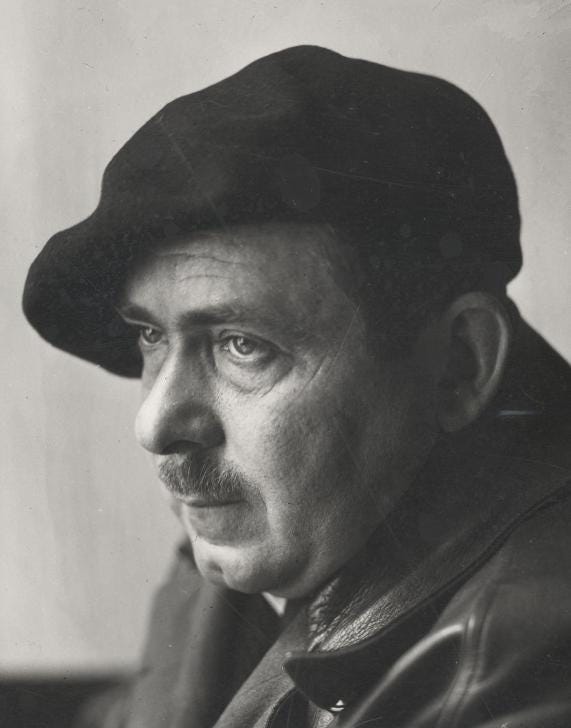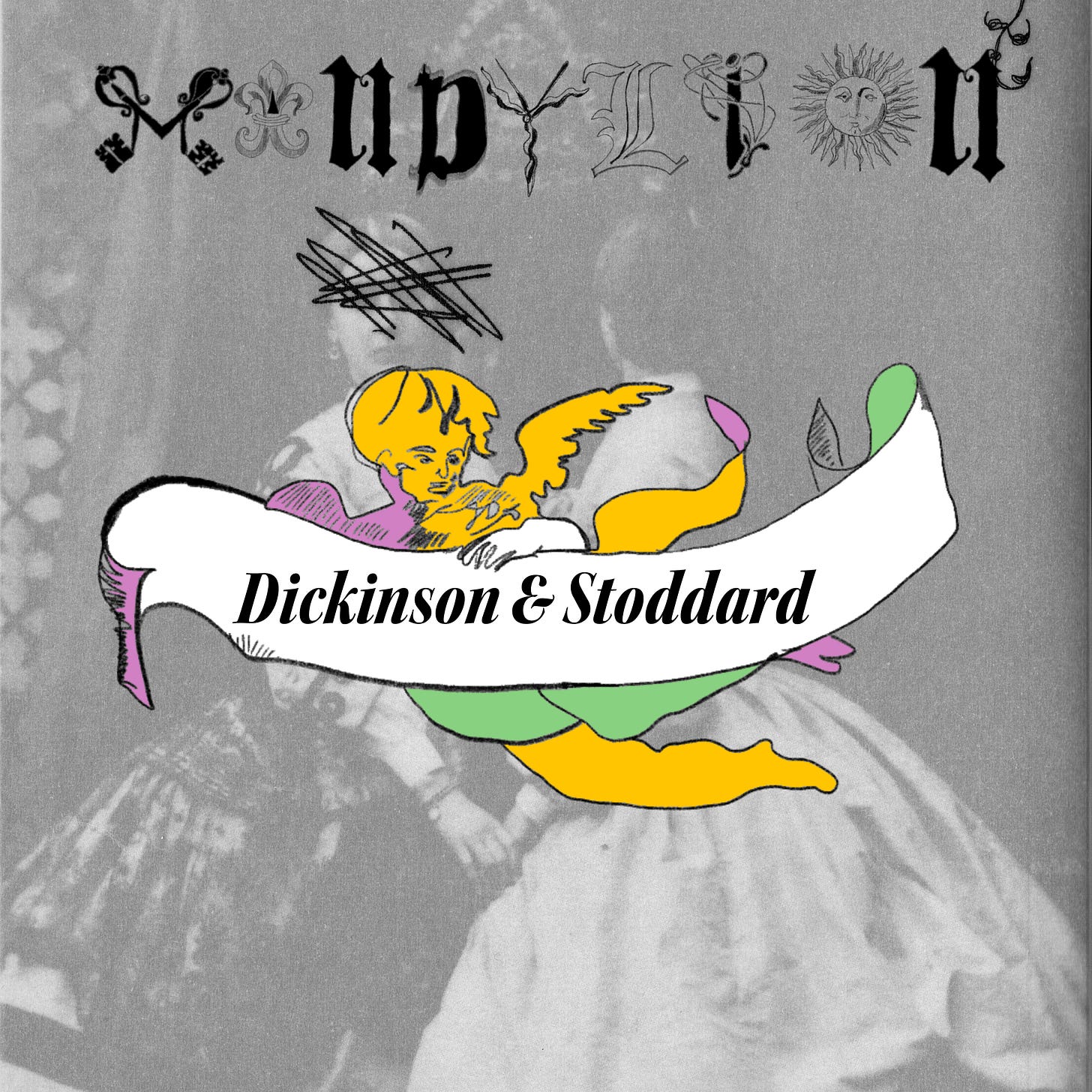When the minister and writer Thomas Wentworth Higginson visited the elusive New England poet Emily Dickinson, he wrote to his wife telling her to read Elizabeth Stoddard’s novels, including The Morgesons (1862), so she might understand the scene he encountered in Amherst. The tensions of the Dickinson family are nineteenth-century lore. Much has been said, and replayed on the stage and screen, about Dickinson’s intimate relationship with her brother Austin and her allegedly homoerotic devotion to his wife, Susan, as well as of her dynamic with her distant mother and her dear father. While today we can watch Dickinson, the 2019 Apple TV series, or Wild Nights with Emily, the 2018 romantic comedy, or even listen to the “quill pen songs" of Taylor Swift, Dickinson’s distant relative, to get a taste of the eccentric Dickinson family, back in the early 1870s, Stoddard’s novel, recently revived by Mandylion Press, was the only resource for the curious.
There are obvious parallels between Dickinson and Stoddard. Born seven years and 130 miles apart, both women grew up in prominent families with Puritan roots in Massachusetts towns. Dickinson’s father was a lawyer and a member of the U.S. House of Representatives. Stoddard’s father was a shipbuilder in Mattapoisett, whose career was marked by a boom-and-bust cycle, making his family perhaps more notorious than distinguished. And, of course, by combining their first names, you get “Emily Elizabeth,” the name of Clifford the Big Red Dog’s human companion, another Massachusetts resident (Clifford and Emily Elizabeth escape to Martha’s Vineyard after Clifford grows too big for New York City life).
Most of all, Dickinson and Stoddard shared an impulse to express themselves through the written word. Dickinson wrote more than a thousand poems and maintained many epistolary friendships; Stoddard wrote three novels, a newspaper column, short stories, and a children’s book. But for these two women, writing correlated with different relationships to the world beyond the family hearth. Reclusion bred Dickinson’s passion for writing. Her refusal to participate in society enabled her to harness her creative powers. Dickinson was the archetypal nineteenth-century spinster. Conversely, Stoddard discovered her literary gifts when she married a literary man and traded Massachusetts for New York. In my last post, I talked about her journey from what she called “profound ignorance” to living “among those who made books.” Marrying Richard Henry Stoddard propelled her to pick up the pen.
Once duly armed, Stoddard wrote some of her best work by looking back on life before she was a writer, when she was more like Dickinson. One of her first stories, published in Harper’s Magazine, fictionalized a chaotic Thanksgiving meal from her childhood. The Morgesons picks up on this thread. In the novel, Stoddard weaves a densely knotted tapestry portrait of her upbringing. The warp is circumstance: a charming father and a benighted mother who send Cassandra, Stoddard’s alter ego, to stay with relatives while letting her strange sister Veronica stay at home, Emily Dickinson style. The weft is Cassandra’s powerful narrative voice that describes an ordinary domestic life with startling candor. Cassandra explains, “My proclivities were for speaking what I felt.” I am obsessed with this book and I am loathe to spoil any of Cassandra’s zingers. Just read it. It’s so good. I honestly can’t even…
When you read The Morgesons, perhaps you’ll think of Dickinson. In one scene towards the end of the book, Cassandra is laid up with an illness at her cousin’s house. Her convalescence is strictly managed by her hostess. Cassandra is starving but is only allowed a cup of broth every several hours. During one of the hungry interludes, Cassandra remarks,
“We were silent. The flies buzzed in and out of the windows; a great bee flew in, tumbled against the panes, loudly hummed, and after a while got out again. Alice yawned, and I pulled the threads out of the border of my handkerchief.”
Any mention of a fly buzzing always reminds me of one of Dickinson’s most haunting poems that begins,
I heard a Fly buzz - when
I died -
The Stillness in the Room
Was like the Stillness in the Air -
Between the Heaves of Storm -
Dickinson, who experienced several profound losses during her short life, was famously macabre. Her poems reflect intense existential dread and a probing curiosity about the thin boundary between life and death. In “I heard a Fly buzz - when I died - ” Dickinson places herself on the death bed. All nineteenth-century novels worth a damn include a scene where a recently deceased person is laid out for visitors to inspect. Rather than looking at death from the perspective of the living, as a novelist might, Dickinson imagines death as something experienced by the dead. She inhabits the corpse and observes how quickly “The Eyes around – had wrung them dry -”. Death is profound, but the flies keep on buzzing. Life goes on for the living who accept their inheritances and move on. Dickinson continues,
I willed my Keepsakes - Signed away
What portion of me be
Assignable - and then it was
There interposed a Fly -With Blue - uncertain - stumbling Buzz -
Between the light - and me -
And then the Windows failed - and then
I could not see to see -
The last will and testament only offers “What portion of me be Assignable.” An immaterial aspect of the self remains, floating in the ether, sharing space with the “Blue - uncertain - stumbling Buzz - ” of the fly. Dickinson excavates the space “Between the light - and me - ”, revealing that death and the dead are omnipresent. Cassandra’s convalescence in The Morgesons is case in point. The flies that buzz between Dickinson’s poem and Cassandra’s sick room expose the very thin margin between a death bed and a sick bed in the nineteenth century. Many people who went to their rooms to nurse an illness never got up again. All sickness is a kind of death. Whenever I am even a little bit sick, I forget that I ever felt differently (I am the most dramatic patient ever, obviously). Reading Dickinson in the context of Stoddard makes me wonder if Emily was maybe not unusually, but typically morbid. Maybe every young woman in the nineteenth century was utterly obsessed with death.
After “the flies buzzed in and out of the windows,” Cassandra observes that “a great bee flew in, tumbled against the panes, loudly hummed, and after a while got out again.” Classic bee, am I right? Big old buzzing things, always crashing into windows, driving me absolutely mad! All this bee talk got me wondering what Dickinson had to say about bees. I found many excellent Dickinson poems with “bee” in the first lines: “In the name of the Bee - ”, “A Bee his burnished carriage,” “The Murmur of a Bee A Witchcraft -- yieldeth me --", “Bee! I'm expecting you!” And, finally, a perfect bee poem in its entirety,
Fame is a bee.
It has a song
It has a sting
Ah, too, it has a wing.
It's funny to think about Dickinson reflecting on fame, when she was so intensely private and kept her life’s work largely to herself. For Stoddard, the song, sting, and wing theory of fame seems quite relevant. She did not avoid the spotlight. When fame’s song was not forthcoming, she could be bitter and insecure. In 1862, a few weeks after the book’s publication, she wrote to a friend: “As for my book did you like it? I feel dreadfully nervous about it, it seems so very poor to me now… Perhaps I have failed. Indications are that it will be misunderstood” (Matlack 1977). For Stoddard, fame certainly had a sting.
“Ah, too, it [had] a wing.” Maybe I’m tooting my own horn too much, but I feel like Mandylion is setting Stoddard up to fly once more.
A few days ago my dad texted me a link to a Los Angeles Review of Books article from 2017. In it, Jacob Brogan reviews Joe Ollmann’s biography of William Buehler Seabrook (1884-1945), a journalist, occultist, occasional cannibal, and popularizer of the word “zombie.”

Seabrook’s life was made up of one bombastic incident after another. He jumped out of a hot air balloon without a parachute. After being duped of real human flesh at a cannibal ceremony in West Africa, he bribed an intern at the Sorbonne to give him some human neck to munch on. Apparently, it tasted like veal. (BTW, Seabrook and I share a birthday…).
My dad sends me article links, mostly New York Times obituaries, around 4-6 times/day. Usually, he likes for me to find the best line on my own and send it back. This time, he copy and pasted the best Seabrook quote for my perusal:
“If nobody reads you after you are dead, your words are dead, but if some living people continue to read your words, your words remain alive.”
J’adore.
To all my living readers, I implore you to read Stoddard’s words. Keep them alive! And do always read Dickinson. She is just sublime.








